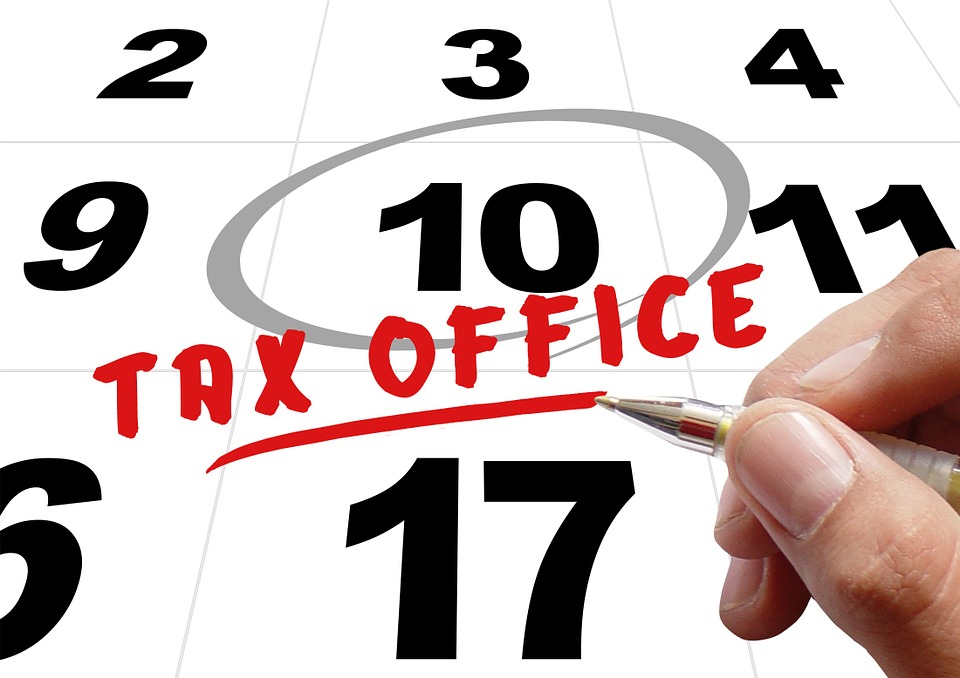
One such schedule is the Schedule SE. This particular schedule is focused on individuals who are self-employed. It assists you in determining how much you owe in terms of contributions to Medicare, Medicaid and Social Security. In a typical employment situation, your employer would make a contribution and then your payroll deductions are the other part of the contribution, equally the total amount due to each of these funds. However, a self-employed individuals have to make both sides of this contribution on their own. This is often known as the self-employment tax. This would be due if you worked on contract, even if it was only part-time.
The Schedule SE is used by taxpayers to determine how much they actually owe in terms of self-employment tax. If you have earnings that total more than $400 from a self-employment situation, then you need to be sure that you have completed this schedule and attached it to your 1040 filing.
Below is a short list of the items and pieces of information that you will need in order to complete this schedule. Most of this information is specific to your business, but you will also find that other schedules you have already completed will give you additional information needed for your Schedule SE.
Net farm profit or loss from Schedule F, line 36 and farm partnerships, Schedule K-1 (Form 1065), box 14, code A
Any amount received in Conservation Reserve Program payments (Schedule F, line 6b)
Net profit or loss from Schedule C, line 31; Schedule C-EZ, line 3; Schedule K-1, line 14 if the income is from other than farming; and of course, Schedule K-1, line 9, code J1
Filers with income from typical employment will also want to have their W-2s available
By combining this information and completing your Schedule SE, you will have the total amount of income that is subject to the self-employment tax. The Social Security portion is typically required on up to $106,800 worth of income. Working with a tax professional, you can determine how much of your income will be subject to the Social Security tax, as well as the amount you owe for Medicare and Medicaid taxes. This second number usually can be reached by multiplying your net income from self-employment by 2.9%.
However, this schedule can get more complex if you are a farmer or engage in religious work. Farmers, for example, have several different options available to report there their income. These options may be elected based on the amount of gross income or net profits. If you own a working farm, then you may want to consult a tax professional to find out the best way to comply with all the appropriate tax laws, while minimizing your tax liability as much as possible.
It is very important that you remember to deduct all of your legal expenses. The reason is because every one of those expenses can assist in reducing your net income and that will reduce the amount of income that you have to pay self-employment taxes on.
There are multiple deductible expenses depending on your business. The reason is that some businesses will have more or varied expenses than others. A freelance writer does not hold any tangible inventory, so they will not incur the same expenses as another self-employed individual who might have to hold inventory as part of their business model. As a result, your deductions might be larger or smaller based on your particular business.
To wrap up, the Schedule SE is the way that you can determine how much self-employment tax you owe the IRS as there are multiple factors to consider in terms of what defines your actual taxable income. Deductions are a necessary part of this process and your accountant can assist you in tracking all the deductions to which you and your business are entitled. In the end, you can make sure you are paying the right amount of taxes for your personal situation.
